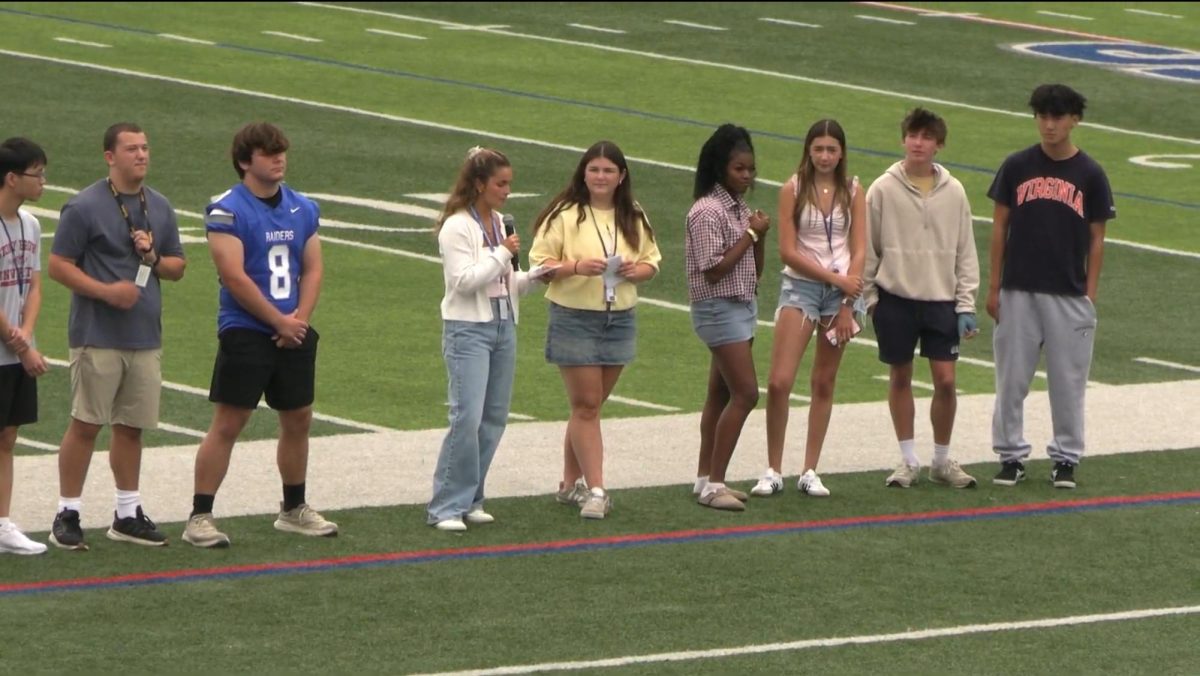by Sabrina Khan
The Supreme Court upheld Michigan’s ban on affirmative action in state university admissions in its ruling on Schuette v. BAMN in April. Affirmative action refers to the practice of considering the race of an applicant when making an acceptance decision. It is used by colleges to increase the percentage of minority students enrolling, with the intention of providing a diverse learning environment for students.
However, this practice has its share of critics, who say affirmative action is a form of reverse discrimination and goes against the meritocratic values universities are supposed to embody.
The six justices in the majority determined that the court has no authority to determine whether or not the ban is constitutional.
“This case is not about how the debate about racial preferences should be resolved; it is about who may resolve it,” wrote Justice Anthony Kennedy in the majority opinion.
Justice Sonia Sotomayor, who, along with Justice Ruth Bader Ginsburg, ruled against the constitutionality of the ban, wrote the minority opinion. Justice Sotomayor contended that Michigan’s ban “uniquely disadvantaged racial minorities.” She asserted that racial discrimination persists in American society, and so long as that is the case, affirmative action remains a useful and vital policy.
While the ruling applies only to the law in Michigan, seven other states currently ban affirmative action in admissions to their public universities: Arizona, California, Florida, Nebraska, New Hampshire, Oklahoma, and Washington. Private universities are still permitted to consider race in admissions.
Some students believe that colleges are using affirmative action to help diversify the student body.
“Colleges want to become really diverse. You want people that are eccentric and smart but from different races,” said senior Javier Guerrero, who was recently accepted to The Pennsylvania State University.
Affirmative action bans at state universities have had mixed outcomes.
African-Americans and Latinos have disproportionally low enrollment numbers at state universities under the ban. However, according to a study conducted for UCLA titled, “Admissions and Public Higher Eduction in California, Florida and Texas,” some universities have increased their graduation rates for minority students, suggesting minority students who enroll are much more likely to graduate than before.
Additionally, at several schools without affirmative action policies, Asian-American enrollment increased significantly, which some educators claim resulted in decreased enrollment of white students.
While additional states have considered banning affirmative action since the ruling, no state has taken any action.
Supreme Court confirms ban on affirmative action at state universities
June 12, 2014
0
More to Discover







